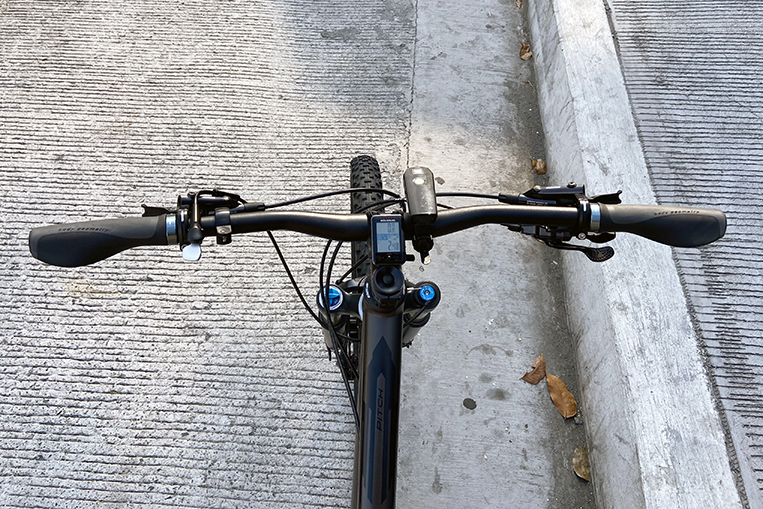
The coronavirus pandemic has turned the world upside down. In some ways, the lifestyle changes we now face in order to deal with the virus are irreversible. People will have to find new ways to do things we previously thought mundane, such as going shopping for clothes. Can you imagine using a changing room again? International tourism by air? Who knows if it’ll ever be the same? But perhaps one of the biggest upheavals is in land transport.
According to guidelines released by the Department of Transportation and the Inter-Agency Task Force for the Management of Emerging Infectious Diseases, the “new normal” for public transportation is the following: a limit of 50% loading on buses and jeepneys to effect social distancing, and a limit of anywhere between 10% and 20% loading on trains (including a limit of 13% on the MRT-3).
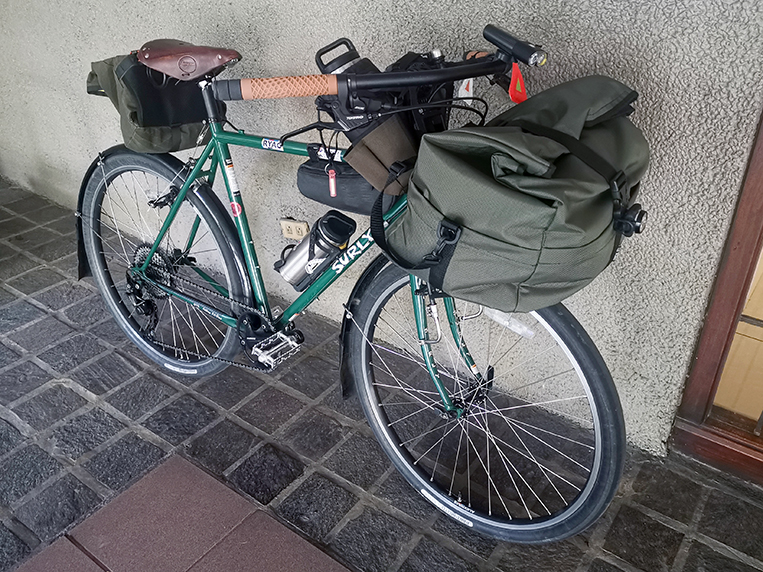
But the new normal for transportation doesn’t have to be a wasteland, and a public transport hellscape doesn’t have to be inevitable. Aside from massive crowding on MRT platforms and enduring endless congestion from behind a windshield, there is a third option—one that VISOR has espoused since day one. Get a bicycle and ride to work. You can get a brand-new one or dust off the one you have lying around, and then take it for a spin when the IATF allows you to get back to work. Cycling to work is radical in many ways. It’s a form of transport available to anyone; it’s one that tests and enhances your physical abilities; and, at the end of the day, it’s just freakin’ cool, especially since it’s good for the planet and good for the city. And in the time of COVID-19, the need for private transport that doesn’t cause traffic or crowding is even more important.
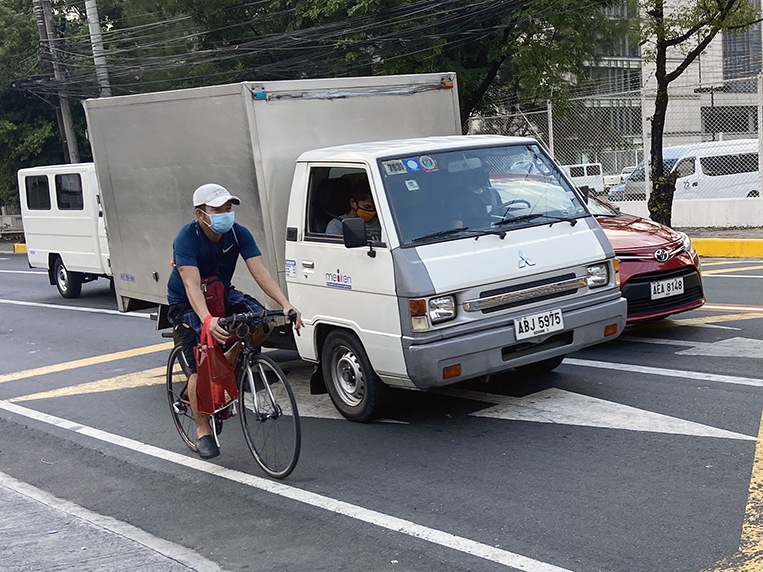
Progressive governments are leading the charge all over the world. In Berlin, London and Paris, miles and miles of bicycle lanes are being built, with many streets being closed to automotive traffic to enable bikes to pass safely. To transport planners, this is no surprise. More people can move through the same road lanes per hour by bike than they can ever do by car. In Pasig, we are working on expanding our bicycle network to allow access to the entire city, but we’re just one city in this megalopolis. We also need other cities and especially the national government to recognize the power of cycling by creating safe streets, lowering speed limits, and setting up other bike-friendly infrastructure such as secure bike-only parking areas. This does not have to take forever, and we cannot afford for it to take forever. We are taking action now using temporary and eventually permanent materials, and hoping for other cities to do the same as well.
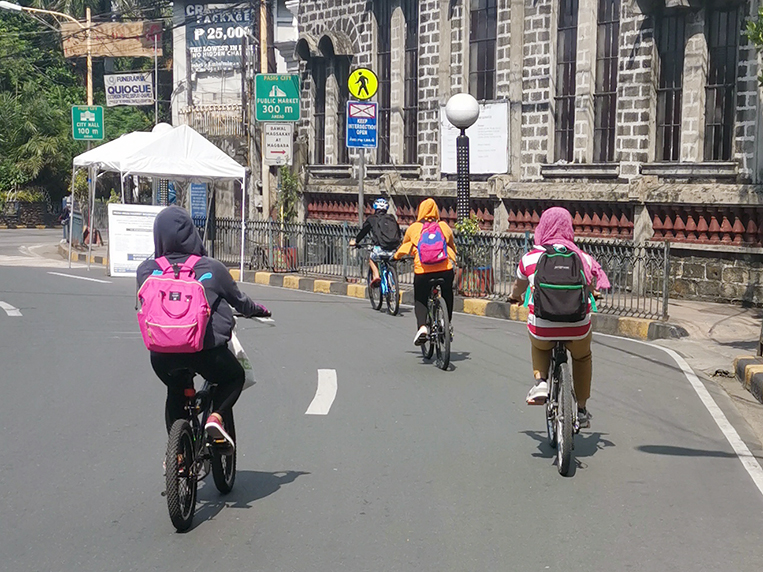
The choice has never been starker: We can choose to have more biking in our city, or we can choose to have no city. In 2020, while we wait for high-tech methods to help us catch, cure and stamp out COVID-19, it may be a 200-year-old invention that buys us the time to end our lockdowns once and for all. When faced with either a pandemic or unbearable road congestion, we can choose to either bike or die.
We trust you’ll pick the former.

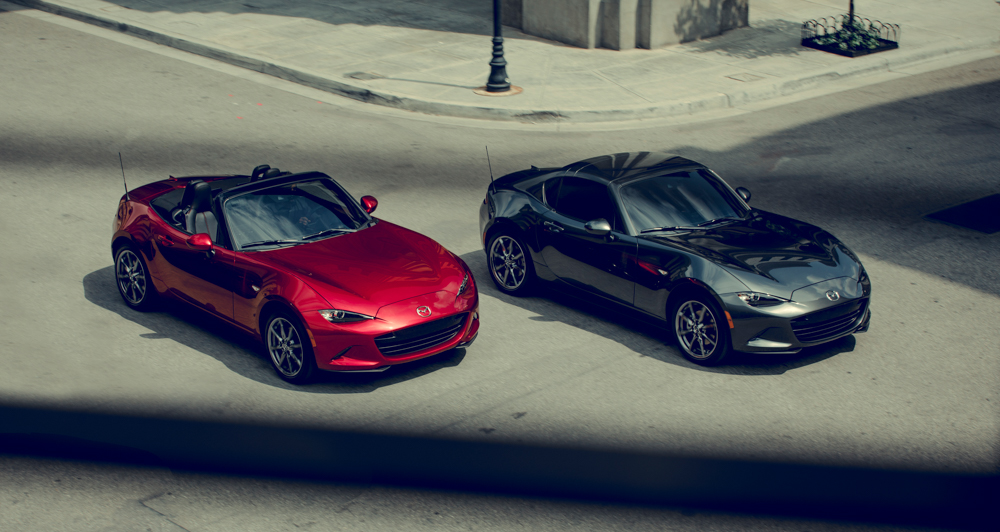

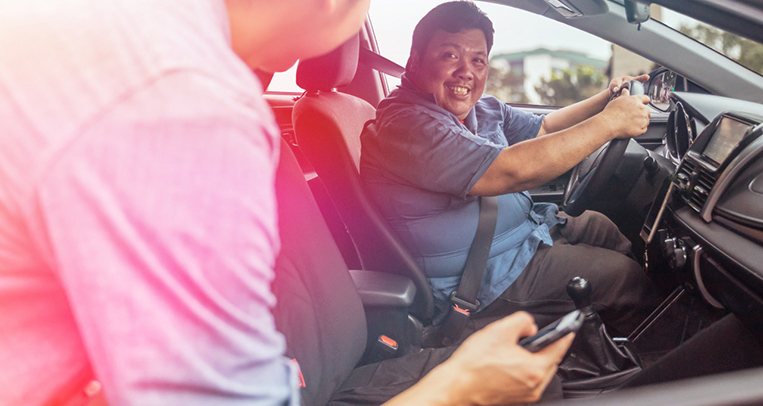
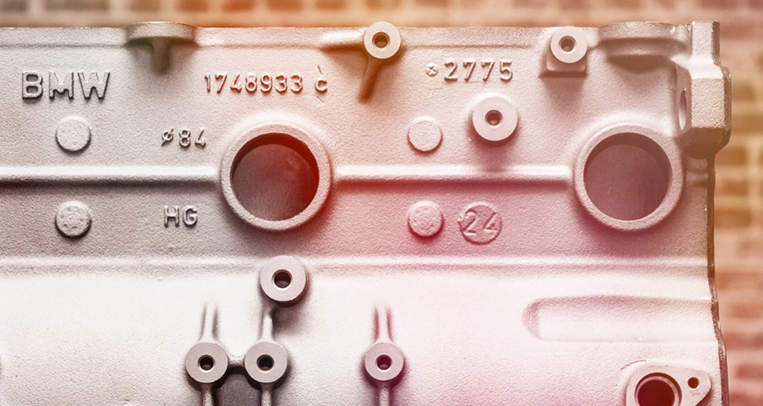





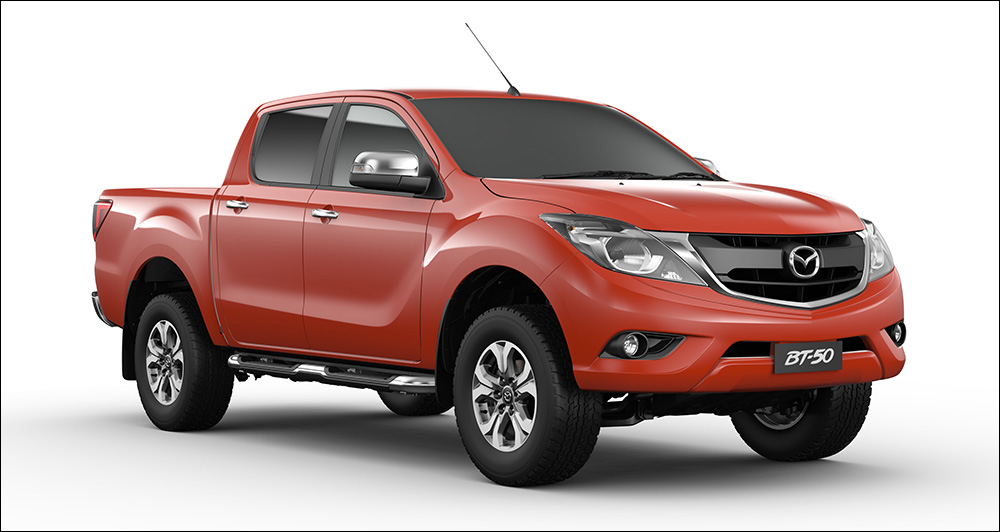
Comments